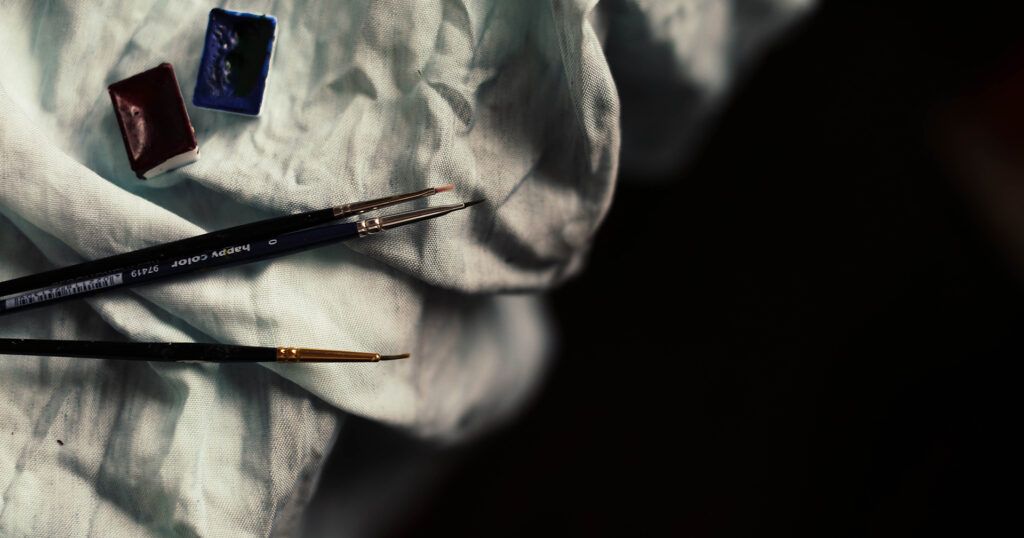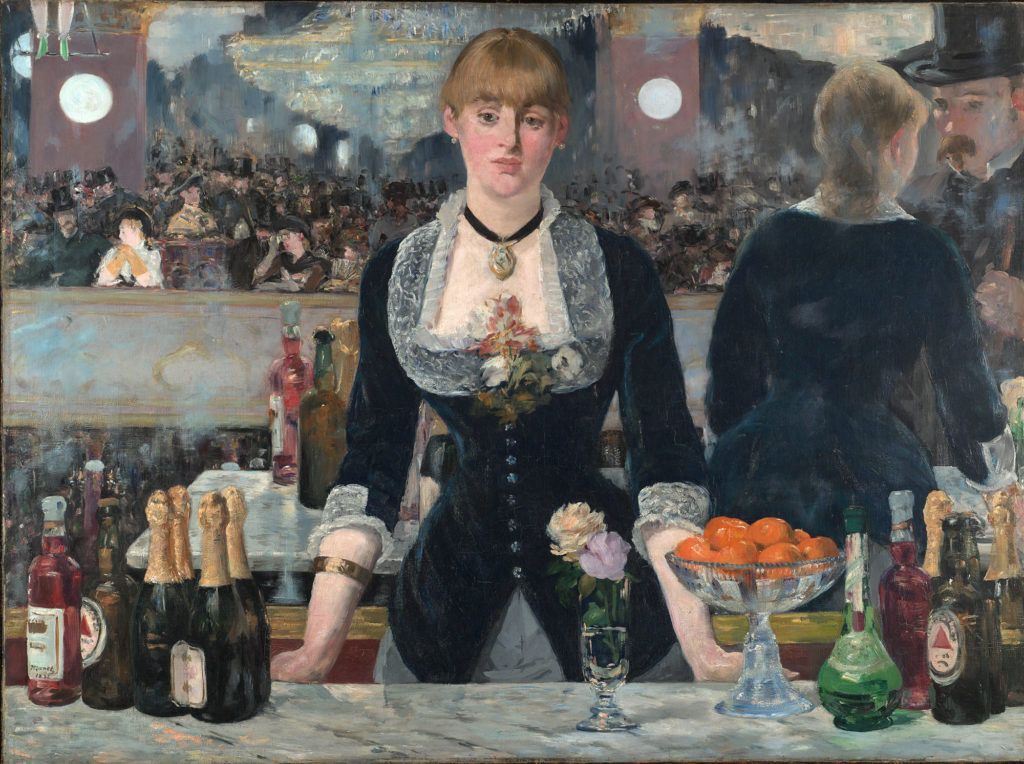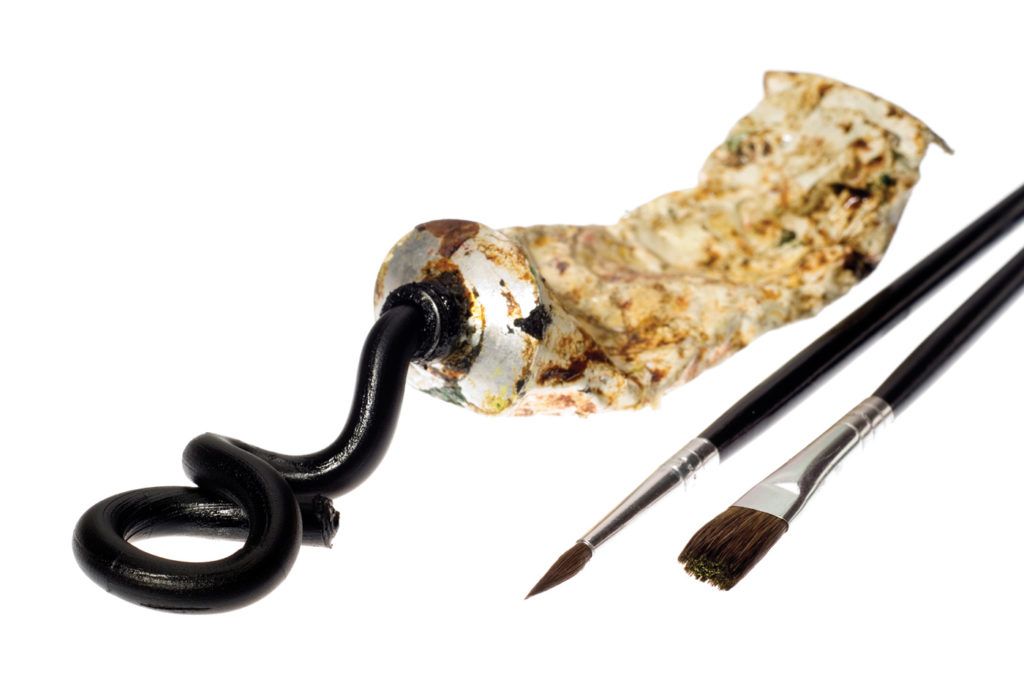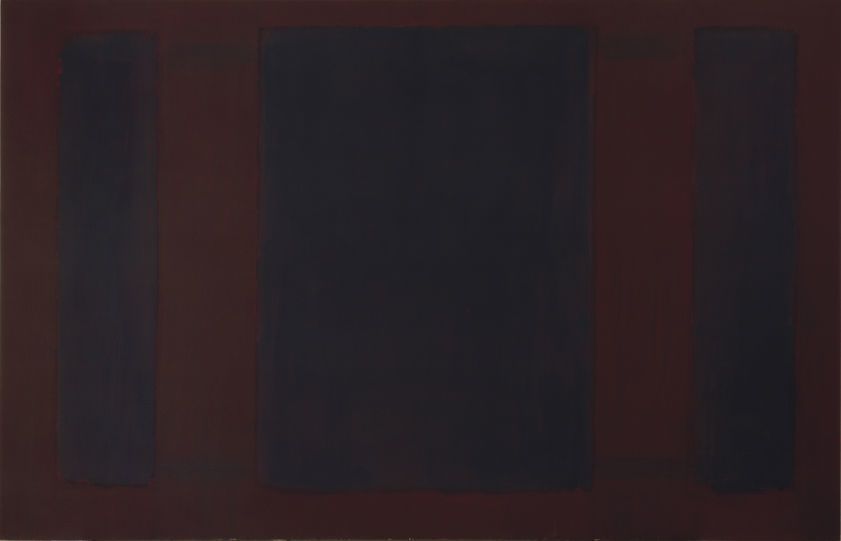Art Hacks for the Darkest Dark
Black is a crucial color, but it can destroy a painting in no time, turning a face or object muddy in seconds. When you are weighing the amount of black to use, remember you need just a dab.
Watercolor Combos for Mixing Black
Watercolor artists know that black has a way of deadening a painting if it doesn’t have enough visual interest in and of itself. You can get that by mixing your way to black. Here are a few combos to consider:

Want a Really Dark Black?
Follow these general proportions. Keep in mind there’s no exact formula to follow; just get to the mix that is the best dark for you.
How to Darken Your Pastels
Want strong darks with your pastels? Use a workable fixative in the early stages of your painting.
Apply a thin application of rich dark pastel and then spray it rather heavily with the fixative. This will darken its appearance by one to two value degrees. The fixative also makes a hard surface, making subsequent pastel applications stand out.
Some colors combined with others can produce rich darks to rival even traditional oil paintings. Sennelier, Terry Ludwig and Unison pastel brands are famous for their dark pastel offerings. There are also extremely bright colors that are capable of producing darks that are often darker than traditional earth black. Look for phthalocyanine, quinacridone and naphthol.
Don’t Create a Black Hole
A few areas of deepest, darkest black are sometimes called for but not always. Keep your darks from turning into black holes by adding hints of similarly valued color.

From Light to Dark
When painting black objects, pay attention to the shift from light to shadow. Angular objects may reflect that change as a hard line, but rounded surfaces may transition with halftones.
5 Tips for Working on Black Paper
1
Experiment first. You won’t know what you get until you start to play around.
2
If you are working with drawing media, be sure to press firmly.
3
Want brightness? Fill in the desired areas with white first then go over with the color you want to pop.
4
Make a test swatch of colors that work best and show up well on the dark surface you are using. You may find that one brand of paints or pencils has whites and yellows that go down easy and others with colors that are more vibrant so test away.
5
For drawing, use a black erasure. A white one can pick up the pigment of the paper.
Know your Blacks
With oil paints, black tends to run neutral to slightly warm in color. Ivory black is semi-transparent and glossy. Mars black is not as black as Ivory, but has three times the tinting strength.
Mix black and yellow for a rich range of warm greens.
Use black to counter hot reds, sometimes by simply putting it in the vicinity of hot colors.
Add a dab of black to any color besides white to deepen the color.
Ivory black oil and acrylic paints are semitransparent and glossy. Mars black is not as dark as ivory, but it has three times the tinting strength.
Make and compare swatches of various blacks, such as Ivory Black and Mars Black, to learn their properties.

Dark vs Dirty
Darkening colors with black from the tube tends to produce dirty, flat colors. Color mixing blacks starts with two basic color combos: 1) Combine a color with its complement — for instance, red with green; and 2) Mix the primaries, red, blue and yellow, together.
Temperature Changes
If you want your black to be warmer, add more of the warm color you are working with. If you want the black to be cooler, add more of the cooler component.

Thinning Out
Modernist Mark Rothko famously layered colors in his nonrepresentational paintings. Even if you love to put objects and forms to your work, there’s much to learn about his use of blacks, burgundies, deep greens and dark shades.
If working in oils, thin your blacks waaaaay down with turpentine to let colors under the stroke to peek through.
If black is what you are trying to cover or mask, layer on straight-from-the-tube pigments.
Explore Color!
Color is powerful, expressive and many an artist’s greatest joy. Explore exercises, lessons and and step-by-step demonstrations in the 30th Anniversary Edition of Exploring Color Workshop now!

More Stories
Making Reels Work | Matt Robinson | Episode 924
Juxtapoz Magazine – Zoe McGuire: Earthshine @ Library Street Collective, Detroit
Making Art Work | Alex Olson | Episode 925